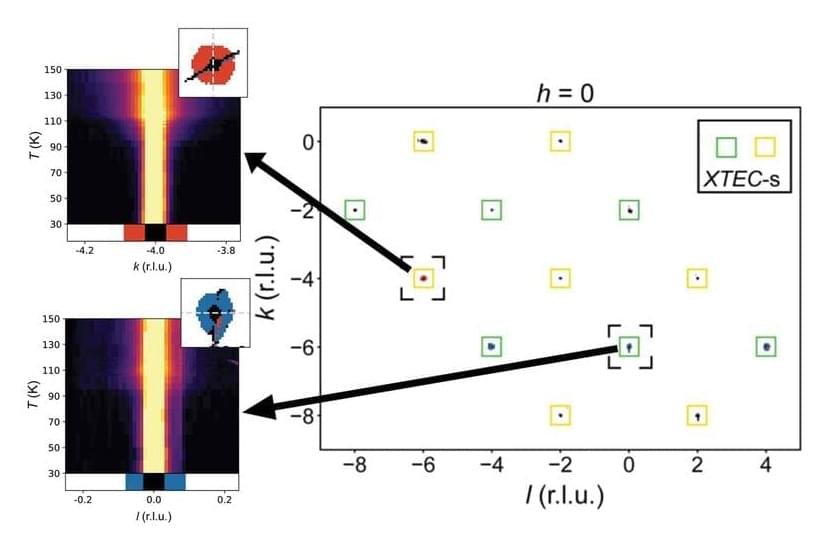We’ve got a cybersecurity problem, but it’s not the one we think we have. The problem is how we think about cybersecurity problems.
Were you unable to attend Transform 2022? Check out all of the summit sessions in our on-demand library now! Watch here.
The problem is not that there are problems. The problem is expecting otherwise and thinking that having problems is a problem.
We’ve got a cybersecurity problem, but it’s not the one we think we have. The problem is in how we think about cybersecurity problems. Too many of us are stuck in a reactive loop, looking for silver bullet solutions, when we need to change how we view cybersecurity problems instead.








